
Do You Get Goosebumps When You’re Listening to Music? You Might Have a Special Brain
Do You Get Goosebumps When You’re Listening to Music? You Might Have a Special Brain
Have you ever been swept away by a song, feeling a rush of chills running up your spine as the melody unfolds? If so, you might just have a unique brain. While many of us enjoy music, not everyone experiences this profound physical response. This peculiar sensation—often described as ‘musical chills’—has intrigued scientists and psychologists alike for years. Recent studies suggest that people who feel these chills have something special happening in their brains, setting them apart from those who don’t.
What makes this reaction so captivating is its connection to our brain’s emotional centers, providing a glimpse into the fascinating ways our brains process music and emotion. If you’re curious about what’s going on in your head when music moves you, keep reading—there’s much more than meets the ear.
What Are Goosebumps and Why Do We Get Them?
Goosebumps, scientifically known as piloerection, occur when tiny muscles at the base of each hair follicle contract, causing the hairs on your skin to stand up. This reaction is controlled by the autonomic nervous system—the same system responsible for your fight-or-flight response. While often triggered by cold temperatures or fear, goosebumps can also arise from intense emotional experiences, such as listening to a moving piece of music.
At the core of this response is the hypothalamus, a region of the brain that regulates emotions, body temperature, and stress reactions. When you experience something deeply stirring—whether it’s a haunting melody, an inspiring speech, or an awe-inspiring sight—the hypothalamus sends signals through the nervous system, triggering the release of adrenaline. This hormone, in turn, activates the arrector pili muscles in your skin, producing that signature goosebumps sensation.
While this response had practical benefits for our ancestors—helping them appear larger to predators or stay warm in cold climates—it now serves a more symbolic role. Rather than signaling physical danger, goosebumps today often reflect emotional intensity, highlighting just how deeply our brains connect feelings with physical sensations.
Interestingly, this connection between music and emotional arousal doesn’t happen for everyone. Why do some people experience chills while others don’t? To answer that, we need to look at what happens inside the brain when music moves us.
Music and the Human Brain – What Happens When We Listen?

When you press play on your favorite song, your brain instantly lights up in ways that few other stimuli can achieve. Unlike spoken language or visual art, music engages multiple regions of the brain at once, triggering emotions, memories, and even physical reactions. This widespread activation explains why a single song can bring back long-forgotten moments, move us to tears, or make us feel euphoric within seconds.
The process begins in the auditory cortex, the brain’s primary center for processing sound. But music doesn’t stop there. As sound waves are translated into electrical signals, they travel to deeper areas of the brain, including the amygdala, which governs emotional responses, and the nucleus accumbens, known as the brain’s reward center. When these regions interact, the brain releases dopamine—the same neurotransmitter associated with pleasure and motivation. This chemical reaction explains why the perfect melody, an unexpected harmony, or a powerful crescendo can produce an almost addictive sense of joy.
Interestingly, the more unpredictable a piece of music is, the stronger its emotional impact. Songs that build tension and then resolve it—whether through a dramatic chord shift, a sudden beat drop, or an unexpected harmony—tend to provoke the most intense reactions. This element of surprise plays a key role in why certain songs give people chills while others don’t.
But what makes some individuals more sensitive to these musical triggers than others? Researchers believe the answer lies in the unique wiring of their brains.
The Unique Brain Structure of People Who Get ‘Musical Chills’
Not everyone experiences chills when listening to music, and recent research suggests that people who do may have a uniquely wired brain. A study conducted at the University of Southern California’s Brain and Creativity Institute found that individuals who frequently get goosebumps while listening to music have stronger neural connections between the brain regions responsible for processing sound and those linked to emotion.
Researchers examined brain scans of participants who reported experiencing chills in response to music and compared them to those who did not. The findings revealed that individuals who experience this phenomenon have increased connectivity between the auditory cortex—the part of the brain that processes sound—and two key areas involved in emotional regulation: the anterior insular cortex and the medial prefrontal cortex. These extra neural pathways allow for faster and more intense emotional responses to musical stimuli.
Essentially, people who get musical chills have brains that are more finely tuned to translate sound into emotion. The stronger the connection between these brain regions, the more likely a person is to experience heightened emotional reactions—not just to music, but to other emotionally charged experiences as well. This might explain why certain individuals are deeply moved by art, film, or even powerful storytelling, while others remain relatively unaffected.
While the USC study provides valuable insights, researchers continue to explore what other factors—such as personality traits, past experiences, and cultural influences—might contribute to this heightened sensitivity to music.
Linking Goosebumps to Emotions – More Than Just a Physical Reaction

While musical chills are a fascinating phenomenon, they aren’t limited to music alone. People experience goosebumps in response to powerful speeches, emotionally charged movie scenes, breathtaking natural landscapes, or even personal memories. At the heart of all these moments is the same neurological process—an intense emotional trigger that the brain interprets as deeply significant.
When we encounter something that moves us, the brain releases a surge of adrenaline, a key player in the body’s fight-or-flight system. Even though there’s no immediate physical threat, the brain treats emotional intensity in a similar way, causing the small muscles around hair follicles to contract and produce goosebumps. This physical reaction is essentially a byproduct of heightened emotional arousal—a signal that we are experiencing something meaningful.
Interestingly, the stronger a person’s emotional sensitivity, the more likely they are to experience chills across different contexts. This might explain why people who get goosebumps from music also tend to feel similar reactions during high-stakes sports moments, deeply personal experiences, or even profound philosophical realizations. These individuals aren’t just reacting to stimuli; they are processing emotions on a deeper level, engaging multiple brain regions in ways that others may not.
This connection between emotion and physical response raises an even bigger question: why do humans react so strongly to art, music, and storytelling in the first place?
The Mystery of Human Aesthetics
Why do certain emotional triggers lead to goosebumps in some people but not others? This question touches on a broader mystery—our innate appreciation for art, music, and beauty. Scientists believe that our brain’s ability to respond emotionally to aesthetics is deeply tied to evolution, social bonding, and cultural development.
One theory suggests that our heightened emotional sensitivity to music and art helped early humans form stronger communities. Music, much like language, has the power to evoke shared emotions, reinforcing social cohesion. Ancient civilizations used rhythmic chants, drumming, and communal singing as a means of communication, ritual, and emotional connection. Those who responded more strongly to these experiences may have been more likely to form close-knit social groups, improving their chances of survival.
From an evolutionary perspective, the ability to feel chills or an emotional rush in response to music could be a sign of deeper emotional intelligence. People who experience strong reactions to music may also be more empathetic, more attuned to social cues, and more deeply engaged in emotional processing. In essence, these individuals don’t just hear music—they feel it on a profound level.
While science continues to explore the neurological underpinnings of aesthetic appreciation, one thing is clear: the human response to music, beauty, and art is far more than just personal preference—it’s a window into the way our brains are wired to find meaning in the world around us.
Enhancing Your Emotional Experience with Music

For those who frequently experience chills while listening to music, these moments can feel almost magical. But even if you don’t often get goosebumps from music, there are ways to deepen your emotional connection to sound and enhance your listening experience. Here are some strategies to help you tap into music’s full emotional power.
- Create a Distraction-Free Environment: Music is best experienced without interruptions. Find a quiet space, put on noise-canceling headphones, dim the lights, and allow yourself to be fully immersed in the sound. The fewer distractions, the more your brain can focus on the nuances of the music, increasing the likelihood of an emotional response.
- Explore New Genres and Artists: Sometimes, we get stuck in familiar musical patterns. Exploring genres outside your comfort zone—whether it’s classical, jazz, world music, or ambient soundscapes—can introduce you to new sonic textures and emotional landscapes. Many people find unexpected chills in genres they previously overlooked.
- Engage with the Story Behind the Music: Understanding the meaning behind a song can significantly deepen its emotional impact. Read about the artist’s inspiration, analyze the lyrics, or explore the historical context of a piece. Websites like Genius.com offer annotated song meanings, and Spotify’s Storyline feature provides insights directly from musicians. When you know the story behind a song, it can resonate on a much deeper level.
- Attend Live Performances or Watch Music Videos: Live music carries an emotional intensity that recordings often lack. The energy of a crowd, the visual spectacle, and the raw delivery of a song can heighten emotional responses. If attending concerts isn’t an option, watching high-quality live performances or well-crafted music videos can still create a more immersive and powerful experience.
By experimenting with these approaches, you can train your brain to engage more deeply with music, making it a more immersive and emotionally rewarding experience.
Why Music Moves Us in Profound Ways
But even if you don’t regularly get goosebumps from music, there are ways to deepen your emotional connection to sound. By creating a distraction-free environment, exploring new genres, and learning more about the meaning behind a song, you can train your brain to experience music on a deeper level.
At its core, the human response to music is a beautiful mystery—one that continues to reveal new insights about how we feel, connect, and make sense of the world. Whether it’s a favorite song from childhood or a melody that unexpectedly moves you, music has the power to shape our emotions in ways that few other things can. And perhaps, the next time you hear that perfect note, you just might feel a familiar rush of chills letting you know—your brain is feeling something extraordinary.
News in the same category

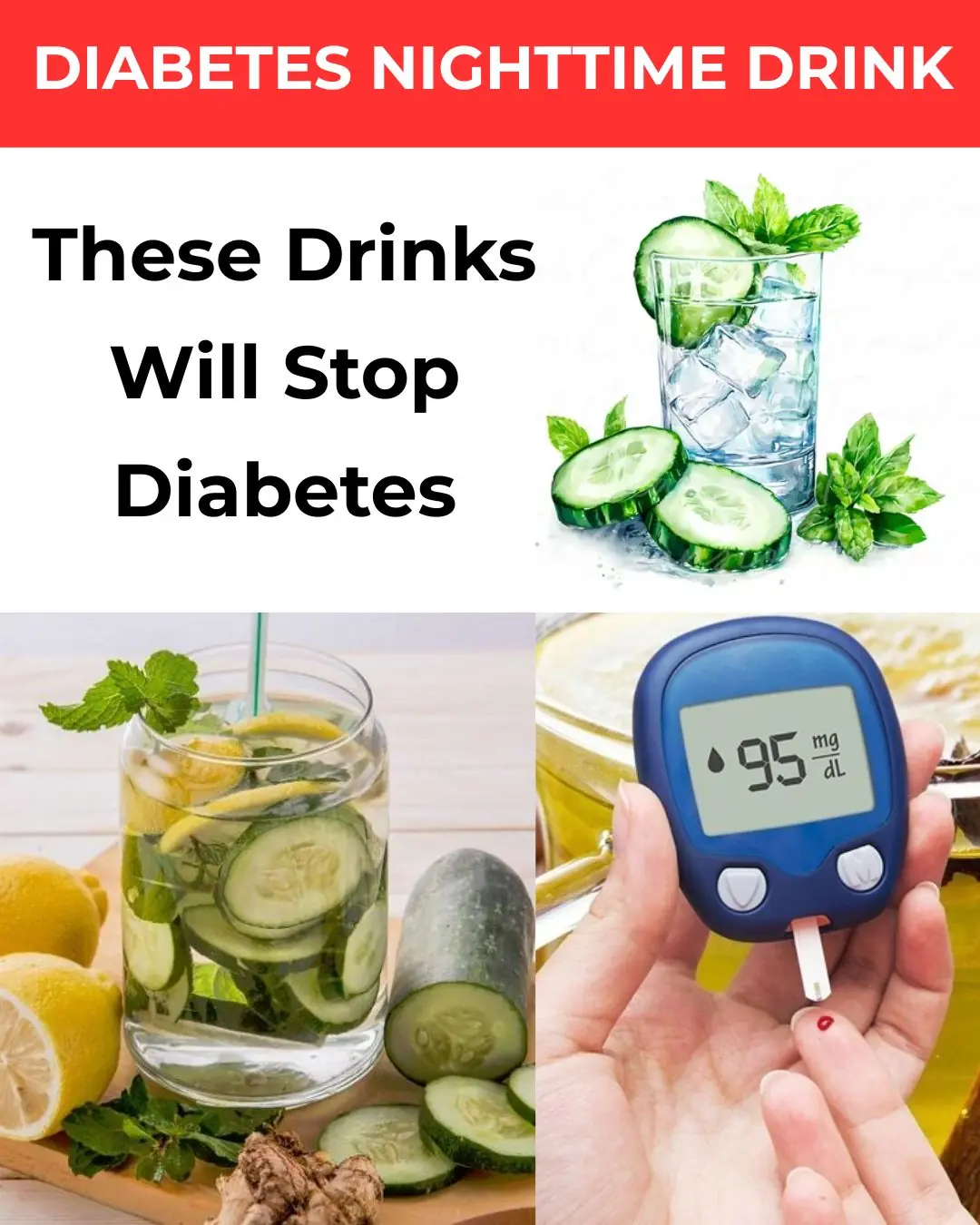
Top 7 Best Drinks Diabetics Can Enjoy at Night to Support Healthy Blood Sugar Levels!
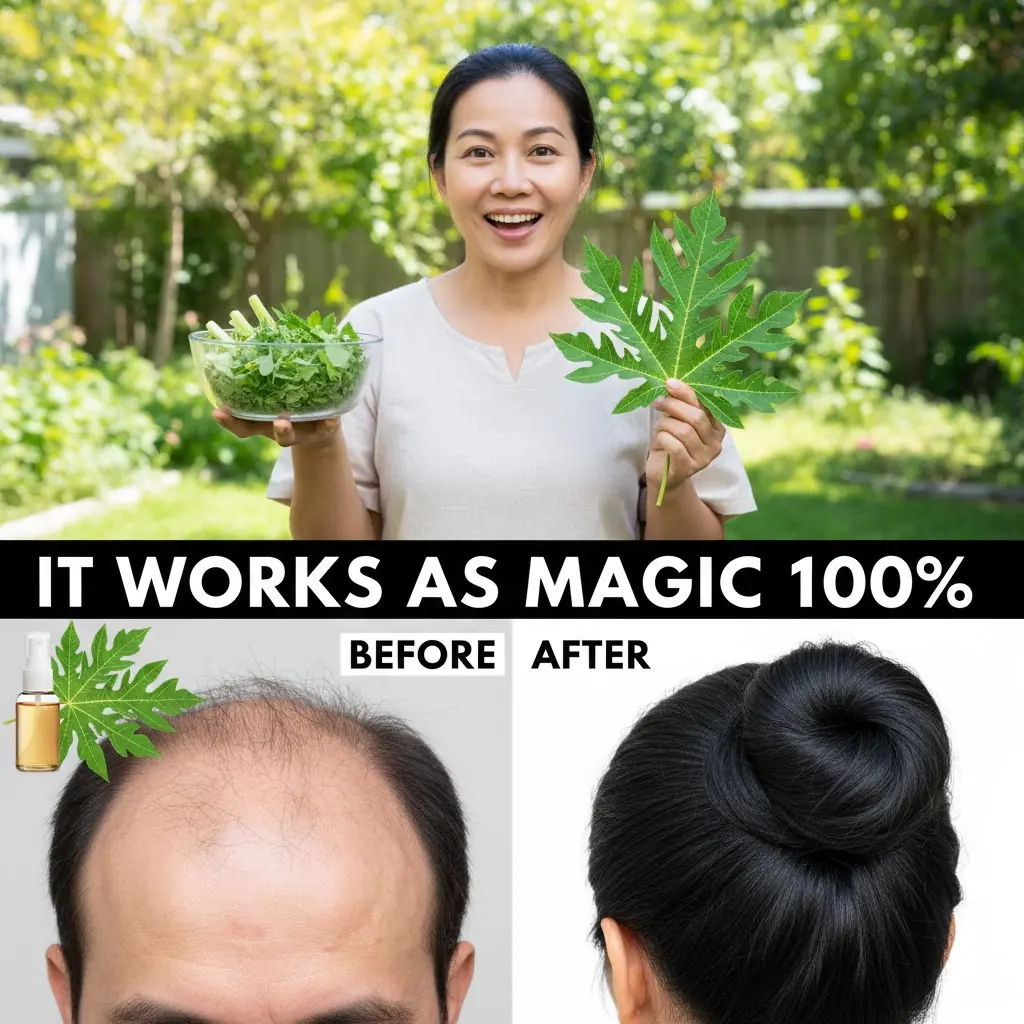
Papaya Leaves for Hair: A Natural Way to Support Healthier, Shinier Strands

Protect Your Eyes Naturally: 3 Powerful Seeds and 1 Fruit Every Senior Should Know About

Power Naps: The Benefits, How Long They Should Be, and When They Work Best
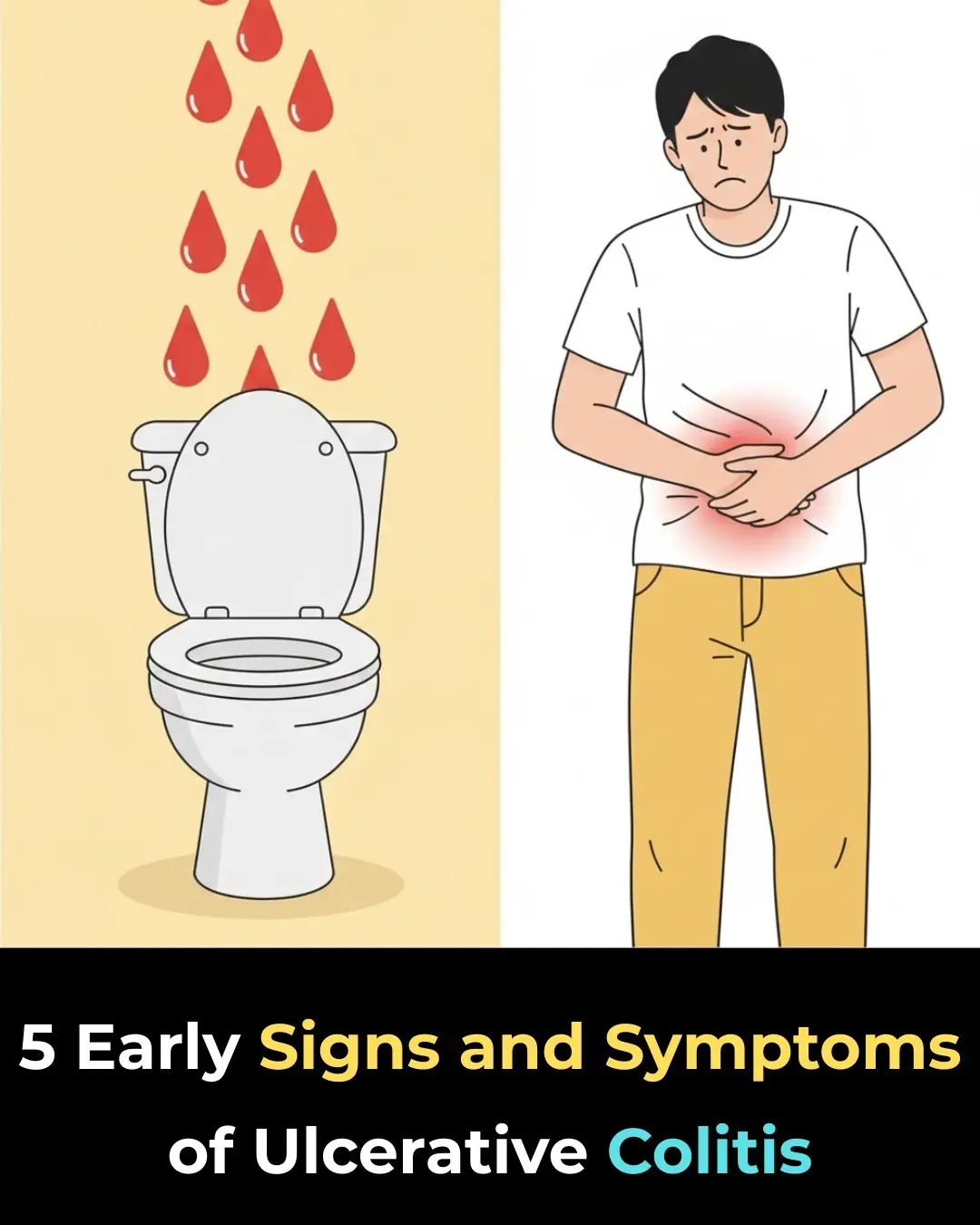
5 Early Signs and Symptoms of Ulcerative Colitis

8 Potential Health Benefits of Kombucha

Diagnosed with End-Stage Stomach Cancer, I Painfully Realized: 3 Foods Left Too Long in the Refrigerator Can Become “Accomplices” to Cancer

5 Detox Baths to Remove Aches, Pains and Toxins + Fragrant Bath Melts Recipe
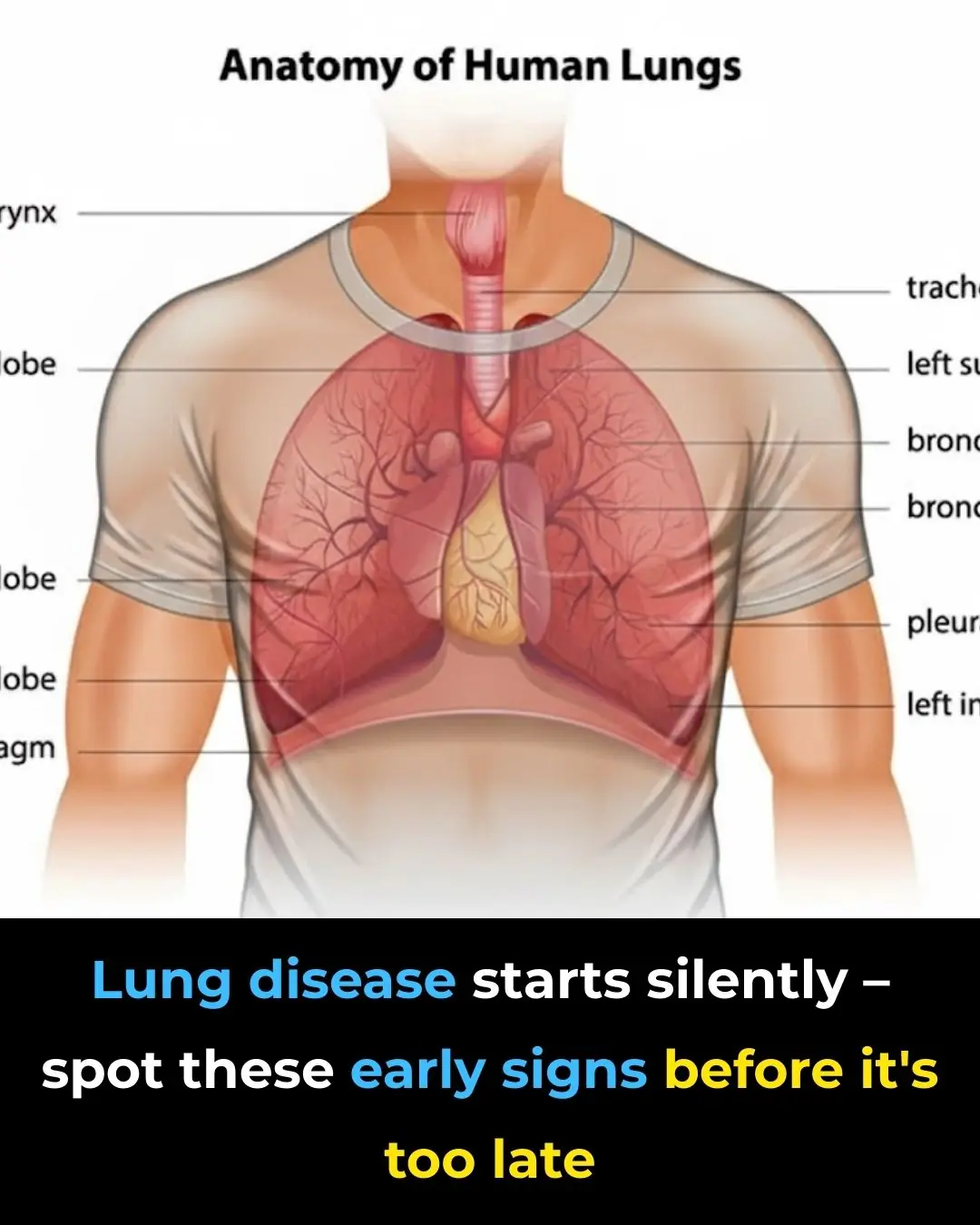
Early Signs of Lung Disease & How to Strengthen Your Lungs

5 things you absolutely SHOULDN'T do in the morning if you don't want your cancer cells to "grow like wildfire"

Emerging Flu Variant ‘Subclade K’ Raises Global Health Concerns Across the US, UK, and Beyond

A New Alternative to Reading Glasses: Eye Drops for Age-Related Near-Vision Loss
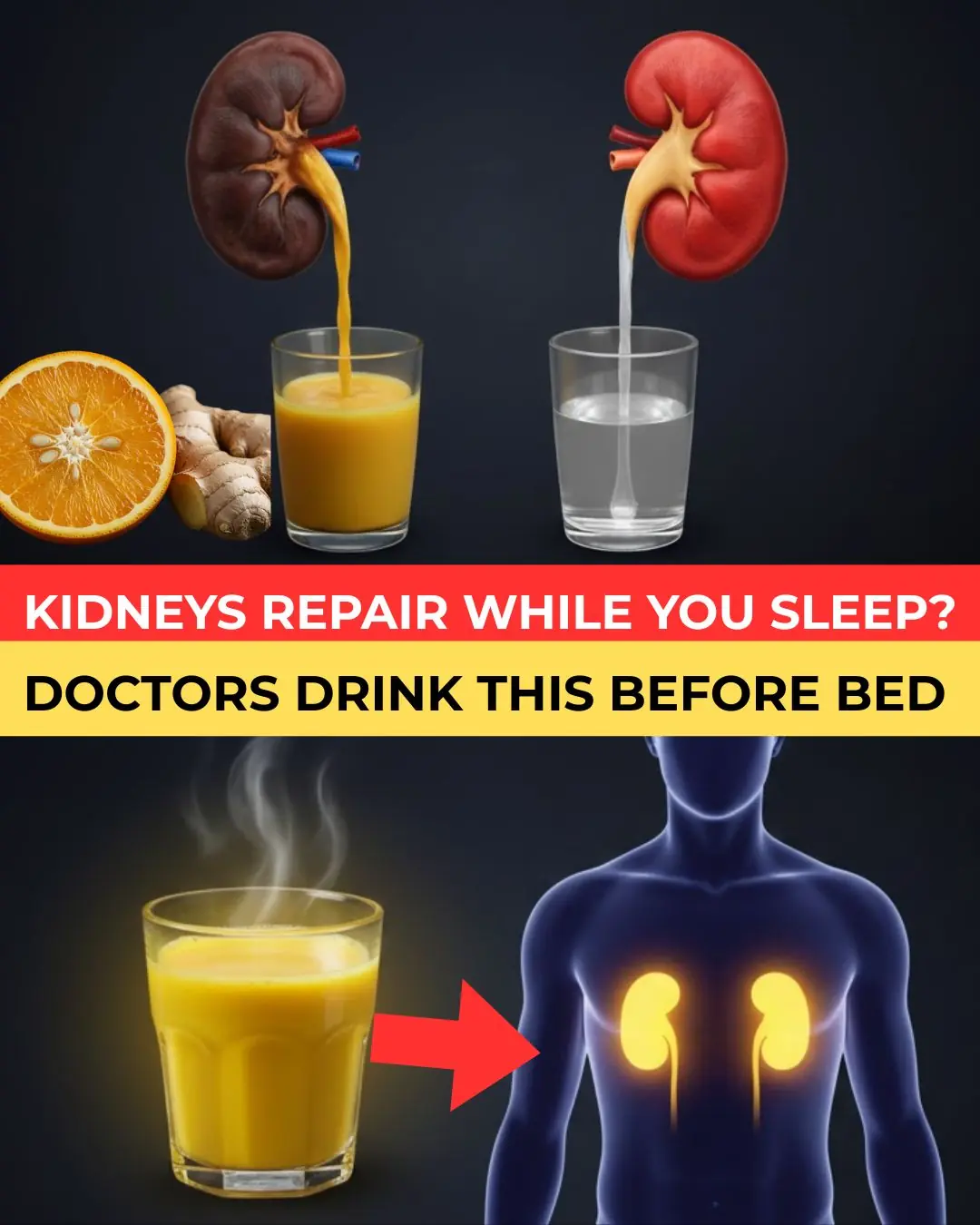
Sip These 4 Crimson Nightcaps—Watch Creatinine Whisper Down While Your Kidneys Heal Overnight
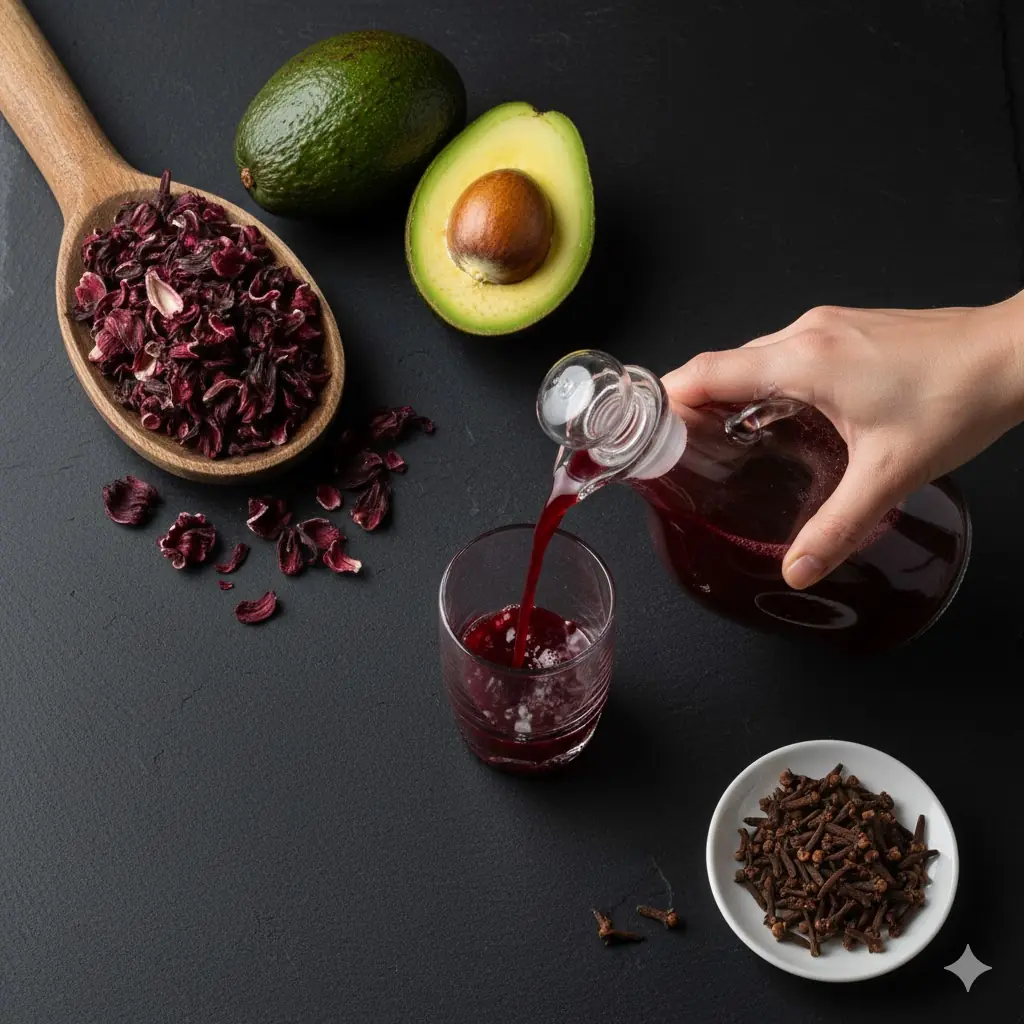
Unlock Vibrant Aging with This Ruby-Red Hibiscus, Avocado & Clove Elixir

Heart Surgeon’s Hidden Secret: Eat This Daily to Boost Cardiac Health!

“Beer Belly” Fat May Damage the Heart Differently Than General Obesity, Study Suggests

Mediterranean Diet Linked to Lower Risk of Multiple Sclerosis, Study Finds

Four Common Foods You Should Never Combine with Chicken: A Common Mistake That Can Harm Your Health
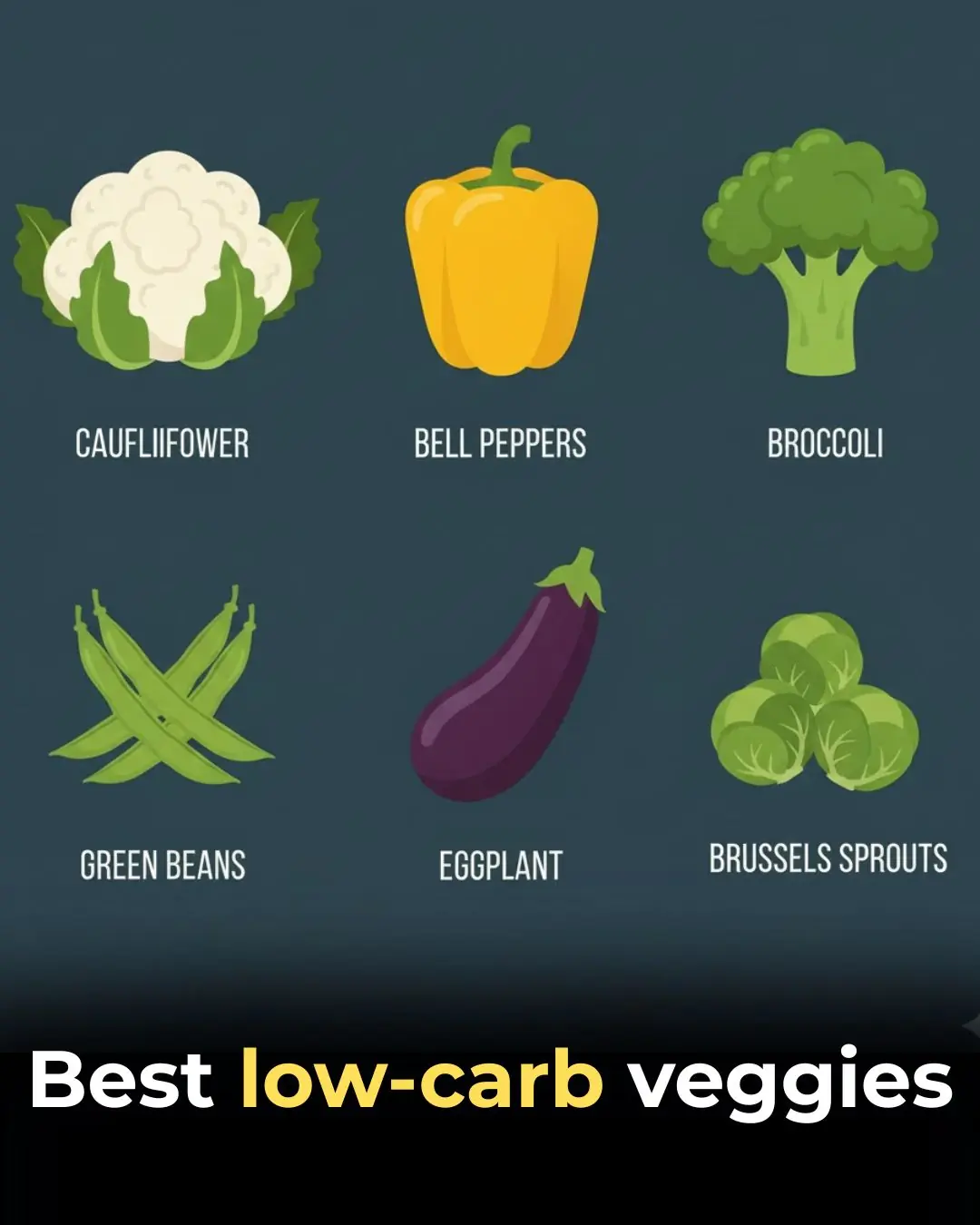
The 18 Best Low-Carb Vegetables to Eat on the Keto Diet
News Post

Mosquitoes are most afraid of this bowl of water

A Wall of Fire: The Deadliest Day for U.S. Firefighters Since 9/11

A 17-Kilometer Journey of Love: Ukrainian Woman Saves Her Elderly Dog Ngắn gọn, mạnh

Psychic Baba Vanga's horrifying 2025 prediction feared to come true in days during major event

Over 300,000 Stranger Things fans sign petition making serious demand after show sparks outrage

Sister Wives star Christine Brown confirms she and ex-husband Kody are actually cousins

People are all wondering the same thing as father of 12 Nick Cannon has Christmas photoshoot with his kid's different mothers

Billy Bob Thornton fans shocked after seeing his penis in wild new episode of hit series
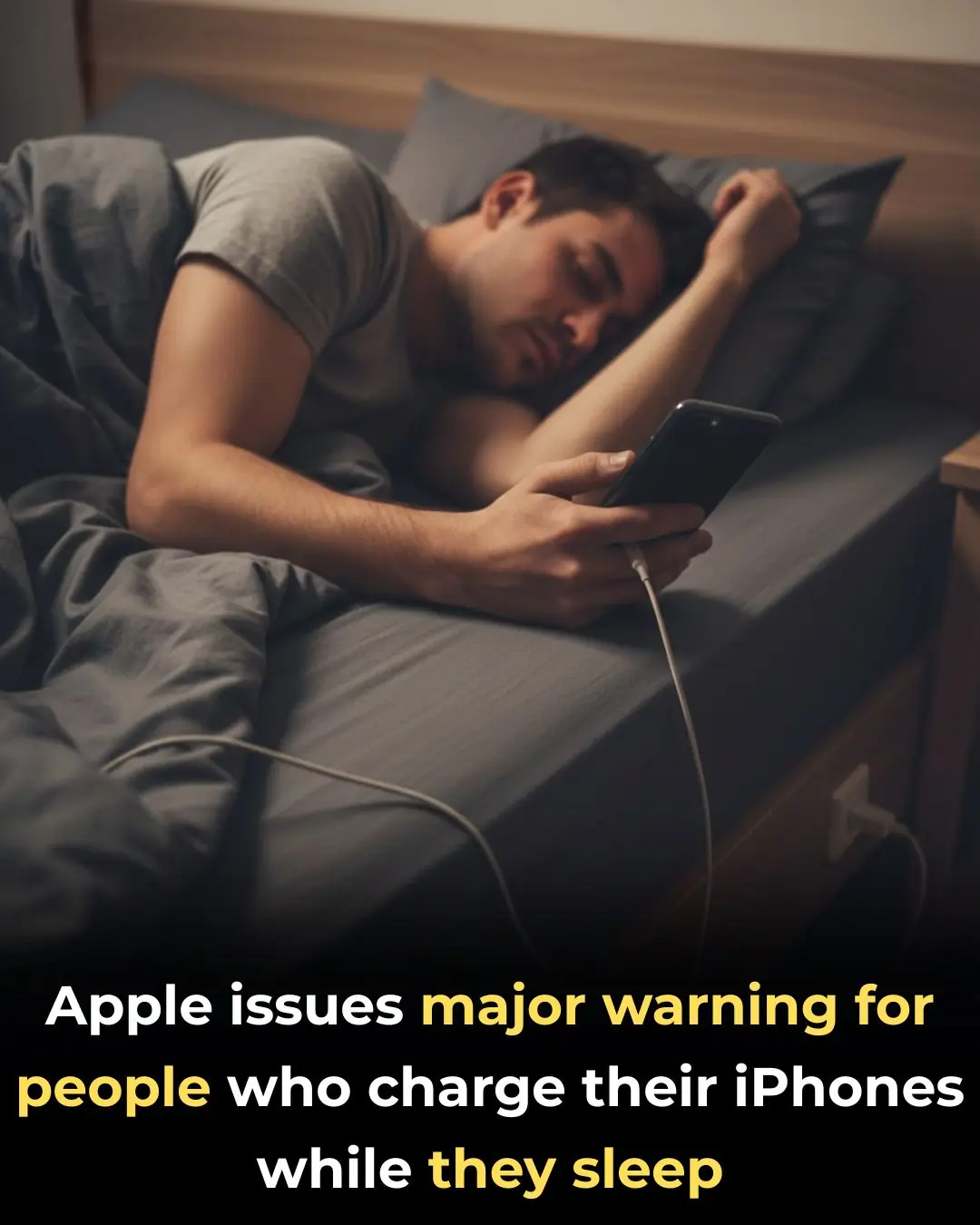
Apple issues major warning for people who charge their iPhones while they sleep

Could Bone Broth Support Healthy Knee Cartilage as You Age?

Why This “Simple” Math Problem Has the Internet Divided: A Lesson in Order of Operations

Severe Winter Weather Alert: 60 Million Americans Warned as Post-Holiday Travel Faces Major Disruptions

Top 7 Best Drinks Diabetics Can Enjoy at Night to Support Healthy Blood Sugar Levels!

Papaya Leaves for Hair: A Natural Way to Support Healthier, Shinier Strands

Protect Your Eyes Naturally: 3 Powerful Seeds and 1 Fruit Every Senior Should Know About

Wild Lettuce Leaves: Surprising Health Benefits of Chewing This Ancient Herbal Remedy

Power Naps: The Benefits, How Long They Should Be, and When They Work Best

5 Early Signs and Symptoms of Ulcerative Colitis

Why Some Coca-Cola Bottles Have Yellow Caps: A Small Detail That Reveals Global Food Labeling Rules
